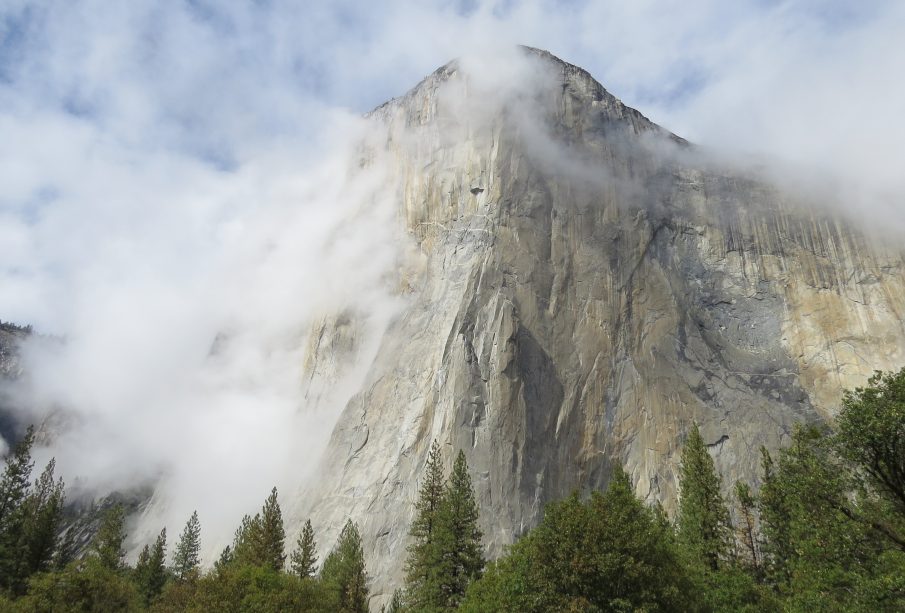Discovering the Wonders of Yosemite National Park

Introduction
Yosemite National Park, located in the western Sierra Nevada mountains of California, is a natural treasure known for its stunning granite cliffs, waterfalls, and diverse ecosystems. Spanning over 750,000 acres, the park attracts millions of visitors each year, offering a unique opportunity for outdoor recreation, environmental education, and appreciation of nature’s beauty. Its relevance continues to grow as climate change and environmental conservation become critical global issues.
Recent Developments and Events
This year, Yosemite has seen an increase in visitors, with the National Park Service reporting a record number of entries amidst relaxing COVID-19 restrictions. In response to this surge, park management has implemented new measures to preserve the environment and ensure a safe experience for all visitors. This includes enhancing educational programs on responsible visitation and introducing a reservation system to limit daily entries at popular sites.
Additionally, Yosemite is preparing for its annual Autumn Festival, which highlights the changing colours of the park’s landscape. Scheduled for late October, the festival is expected to feature guided hikes, ranger-led programs, and artistic displays inspired by the breathtaking environment. Events like these not only foster community engagement but also encourage visitors to appreciate the significance of Yosemite’s natural resources.
Environmental Significance
The continued popularity of Yosemite has raised concerns about its ecological footprint. Parks like Yosemite are vital for biodiversity, housing numerous species of flora and fauna, many of which are endemic to the region. In light of this, ongoing conservation efforts are crucial in combating issues such as invasive species, forest fires, and the impacts of climate change. The park service is actively involved in reforestation projects and habitat preservation initiatives to support the ecological health of the area.
Conclusion
Yosemite National Park represents more than just a beautiful landscape; it is a poignant symbol of conservation efforts and the importance of preserving natural habitats. As visitor numbers continue to rise, the commitment to sustainability and responsible tourism becomes ever more significant. It is vital for the public to engage with and respect this iconic destination, ensuring its preservation for future generations to explore and enjoy. Witnessing the breathtaking vistas and diverse ecosystems of Yosemite serves as a reminder of our responsibility to protect the planet.








